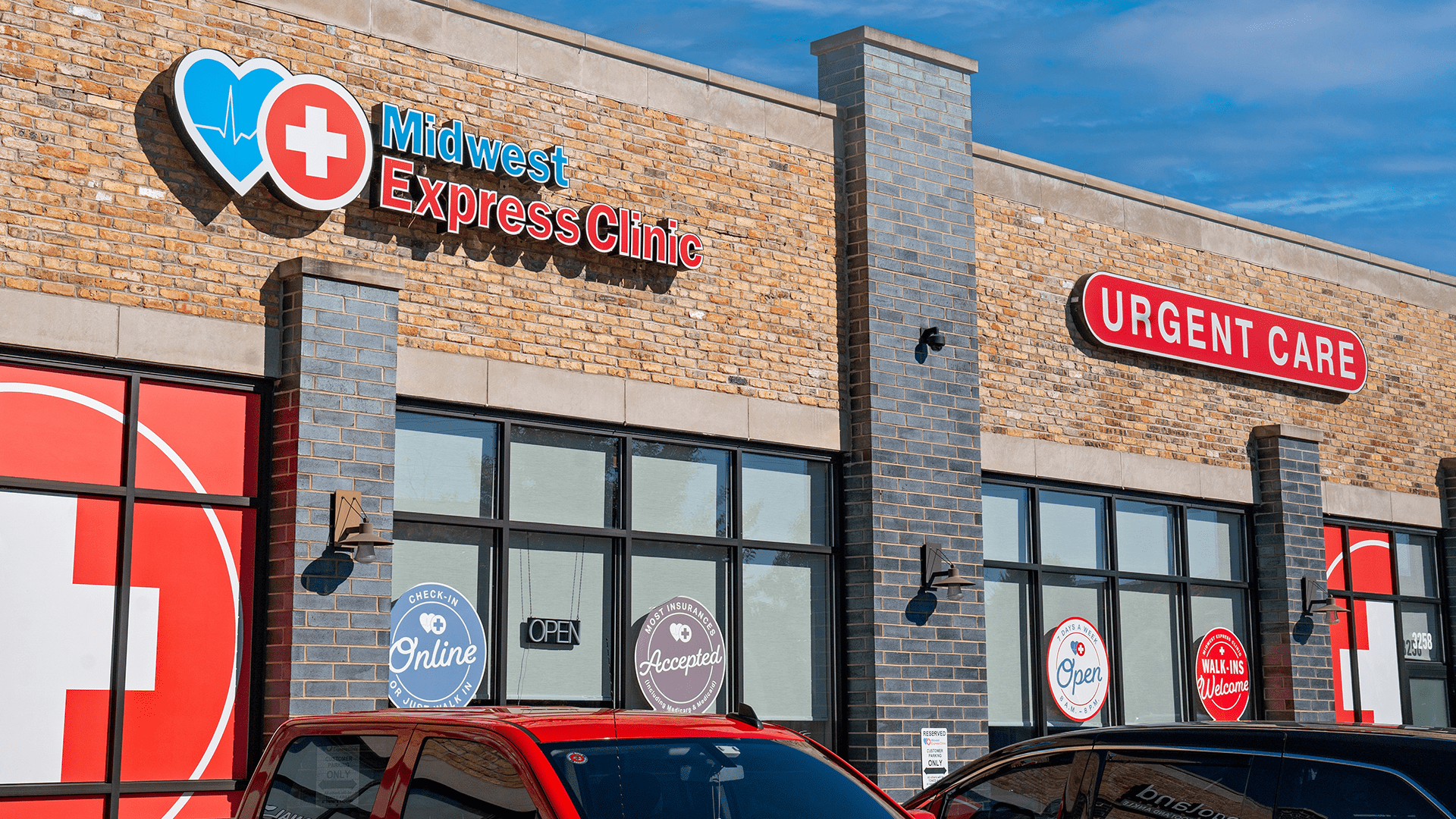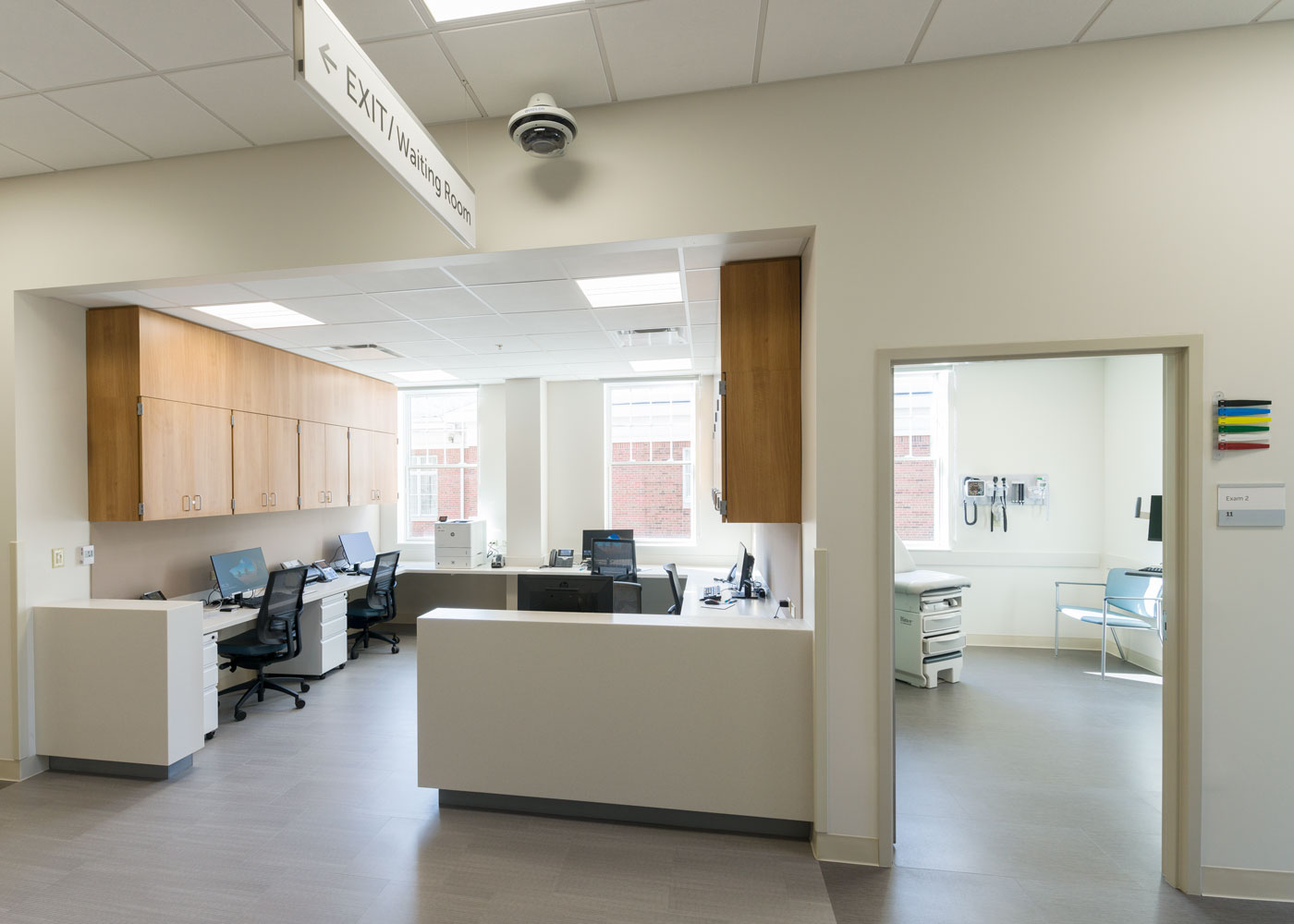Recognizing the Function of Urgent Treatment in Providing Timely Therapy for Non-Life-Threatening Conditions
Immediate treatment facilities have emerged as a vital part of the healthcare landscape, resolving the prompt requirements of individuals with non-life-threatening conditions. Recognizing the subtleties of urgent treatment can considerably affect patient results and the overall performance of health care delivery.
What Is Urgent Care?
Immediate treatment describes a category of medical services designed to address non-life-threatening problems that require immediate attention. These centers function as an intermediary between medical care physicians and emergency spaces, supplying a practical choice for individuals that need prompt care without the substantial waiting times typically connected with emergency situation divisions.
Urgent treatment facilities are typically staffed by medical professionals, including physicians, registered nurse practitioners, and doctor assistants, that are educated to detect and deal with a broad selection of problems. Typical services supplied by these centers consist of treatment for minor injuries, diseases, and infections, in addition to diagnostic tests such as X-rays and research laboratory work.
Furthermore, urgent treatment centers often approve walk-in clients, getting rid of the demand for appointments. On the whole, urgent care plays a vital function in the healthcare system, making sure clients can access necessary medical services immediately and successfully.

Many people may discover themselves uncertain concerning when to seek care at an immediate treatment facility as opposed to a health care physician or an emergency situation area. Immediate treatment is developed to deal with non-life-threatening problems that need prompt attention however are not severe sufficient to warrant an emergency space check out.
Generally, one must take into consideration urgent take care of issues such as small cracks, sprains, cuts requiring stitches, or infections like urinary system system infections. Additionally, chilly or influenza symptoms, breakouts, and allergic reactions can likewise be appropriately taken care of in this setting.
It is very important to keep in mind that urgent treatment is not suitable for serious emergency situations, such as chest pain, trouble breathing, or severe bleeding, which necessitate instant emergency situation room treatment.
People who do not have accessibility to a health care physician or can not secure a timely consultation may also gain from immediate treatment solutions. Ultimately, comprehending when to use immediate treatment can bring about more efficient healthcare shipment, permitting clients to get the ideal degree of care based on their specific health requirements.
Benefits of Urgent Treatment Centers
Choosing urgent care facilities for non-life-threatening conditions supplies several advantages that enhance client experience and accessibility. One key advantage is the lowered delay times contrasted to typical emergency clinic. Immediate care facilities normally operate a first-come, first-served basis, allowing clients to receive prompt medical attention without the long hold-ups often connected with medical facility settings.
In addition, immediate care centers provide extensive hours, consisting of weekends and evenings, suiting patients with differing schedules. This flexibility ensures that people can look for treatment when it is most investigate this site hassle-free for them, further promoting timely intervention.

In addition, these facilities typically offer a thorough variety of solutions, consisting of analysis tests and minor treatments, all under one roof. This consolidation of services not just improves the client experience yet also fosters a much more cohesive strategy to managing non-life-threatening health and wellness concerns, inevitably profiting overall person results.
Typical Conditions Dealt With
At immediate treatment centers, a selection of non-life-threatening conditions can be effectively dealt with, providing people with timely and obtainable medical support. These centers are especially adept at addressing issues that need timely attention but do not pose a prompt risk to life or limb.
Typical problems dealt with at immediate care centers include minor injuries such as sprains, fractures, and strains. Immediate care centers are outfitted to perform needed analysis examinations, such as X-rays and lab tests, allowing them to offer extensive treatment.
Furthermore, immediate treatment providers can provide inoculations, helping to stop the spread of contagious conditions - Urgent Care. They likewise use services for small procedures, such as suturing wounds or draining abscesses. By using these diverse services, immediate treatment centers play a crucial duty in linking the gap in between medical care and emergency services, guaranteeing patients receive prompt therapy for a vast array of problems without the demand for long haul times typically connected with emergency clinic
Exactly How Urgent Care Sustains Health Care System
Immediate treatment centers play a critical function in sustaining the overall healthcare system by easing the burden on emergency divisions and giving prompt accessibility to medical care for non-life-threatening conditions. By managing situations such as small injuries, infections, and diseases, urgent treatment centers allow emergency situation departments check these guys out to focus on more crucial patients requiring immediate attention.
In addition, immediate care centers improve healthcare ease of access, supplying extended hours and an easier choice to standard health care settings. This accessibility is especially valuable for clients that may not have a normal medical professional or who need prompt treatment beyond normal workplace hours. Therefore, urgent care facilities effectively reduce wait times and boost patient fulfillment.
In addition, immediate treatment facilities add to set you back savings for both people and the health care system by giving lower-cost solutions contrasted to emergency situation divisions. This monetary performance is vital in an age of increasing health care costs, enabling patients to obtain essential treatment without sustaining exorbitant costs.
Final Thought
To conclude, urgent care centers play a crucial function in the health care system by delivering timely therapy for non-life-threatening problems. By linking the gap in between health care and emergency situation areas, these facilities make certain that patients receive timely medical focus without the extensive wait times normally connected with emergency situation divisions. The availability and effectiveness of urgent care centers add substantially to reducing the general worry on medical care sources, boosting client end results, and advertising a more reliable healthcare shipment system.
Urgent treatment facilities have actually emerged as an important element of the health care landscape, attending to the immediate requirements of people with non-life-threatening conditions. Urgent treatment gos to generally incur reduced out-of-pocket costs contrasted to emergency situation division gos to, making care extra inexpensive for individuals without compromising quality. Immediate treatment centers are furnished to perform necessary analysis examinations, such as X-rays and laboratory tests, enabling read review them to supply detailed care.
By supplying these diverse solutions, immediate treatment facilities play a crucial duty in bridging the gap in between key care and emergency situation solutions, making sure people get timely therapy for a large variety of problems without the demand for long wait times commonly connected with emergency situation areas.
In addition, urgent care facilities improve health care ease of access, providing prolonged hours and a more hassle-free alternative to traditional primary treatment setups.